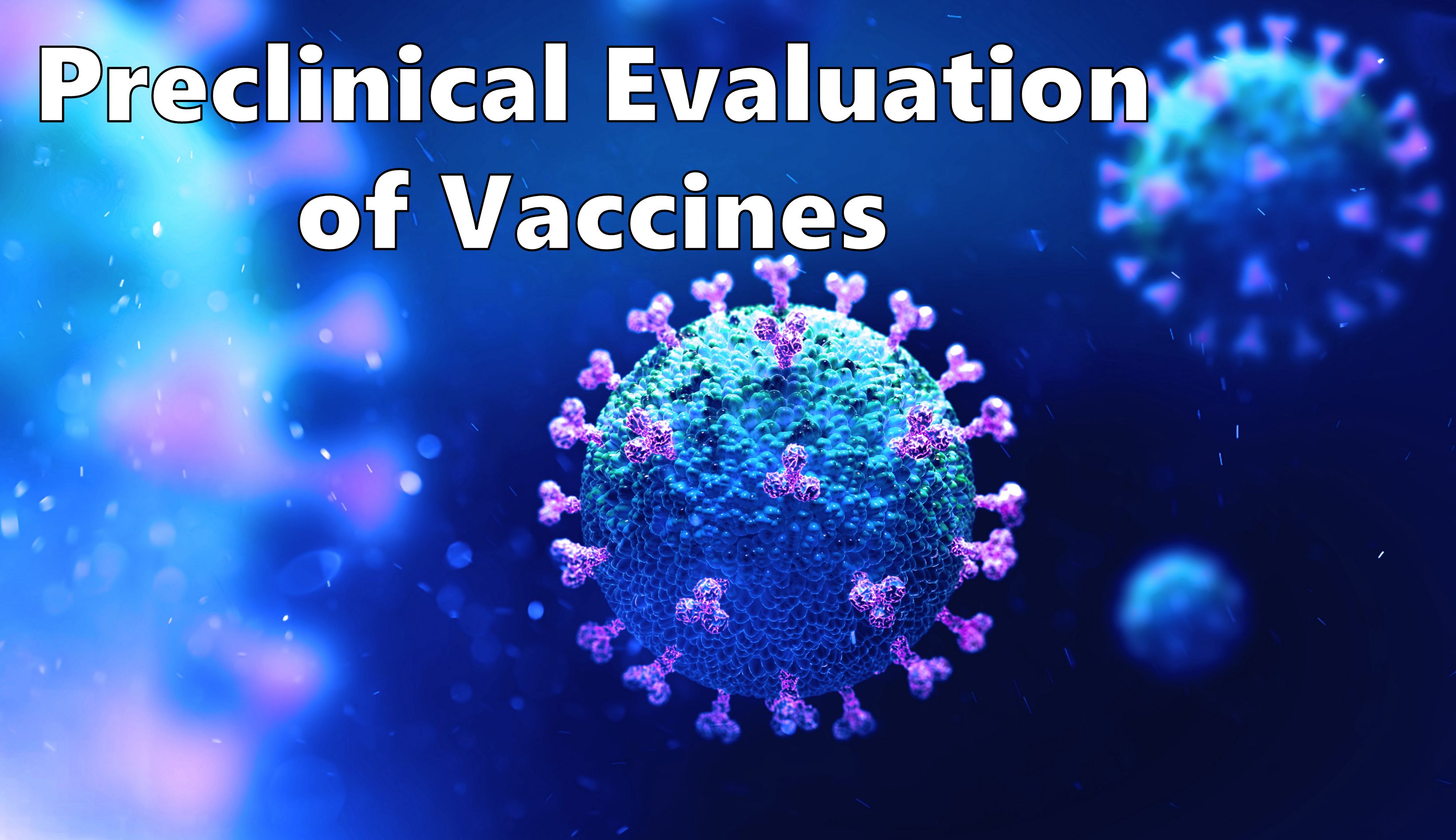
As the globe struggles to contain and control the outbreak of the novel coronavirus, a lot of discussion has centered around the development of a vaccine to help bring the crisis to a close. As with all new medicines however, human safety remains a top priority during the development process and the consequences of under-testing a new medicine can result in severe health issues for thousands of people who may decide to get vaccinated to keep themselves healthy.
With the amount of hesitation and skepticism surrounding vaccines in the modern world, it is even more critical today to ensure that a vaccine intended to solve a crisis like COVID-19 is developed under careful guidance from regulators and that there is no attempt to rush the development process.
The purpose of vaccination is to safely expose the immune system to an attenuated pathogen, or particles that mimic the native structure of the pathogen, so that the body can learn to identify and destroy disease-causing agents before illness develops. Natural infection without prior exposure can cause severe illness and death, but once the immune system has previously successfully fought off foreign pathogens, it is more readily prepared to prevent illness upon future exposures to the same pathogens. Potentially lethal diseases like smallpox and the measles are rendered harmless by a well-trained immune system, and vaccinations are the safest means of training the immune system.
In this newsletter, we will explain the different types of vaccines, the process of preclinical evaluation for new vaccines and we will present ITRs vaccine testing capabilities.

The live-attenuated vaccine type uses the actual pathogen that is capable of self-replication within the body, allowing for an immune response that mimics the natural immune response. In order to minimize infection-related symptoms that would otherwise result from natural exposure, these live pathogens are weakened in a laboratory setting prior to administration into humans.. The immune system still recognizes the weakened pathogen as a threat and develops antibodies to eliminate it. Future exposure to the pathogen results in a quick antibody response and the neutralization of the pathogen. Live-attenuated vaccines are used to inoculate against diseases such as rotavirus, smallpox, chicken pox, measles, mumps and rubella.
Inactivated vaccines also mimic the native structure of the pathogen, but are modified in the laboratory in a way that makes them non-infectious and unable to replicate. These inactive pathogens result in a diminished immune response, providing less long-lasting protection against the wild version of the pathogen. Multiple doses are usually administered to boost the immune response for longer lasting protection. Inactivated vaccines are used to protect against diseases such as hepatitis A, polio, rabies, and influenza.

Subunit, recombinant, polysaccharide and conjugate vaccines use specific components of the infective organism such as specific proteins, sugars or the outer shell of the germ to produce a powerful immune response. These types of vaccines are not infective as they are comprised of non-replicative components of the pathogen and may not even be made from the pathogen itself. In the case of recombinant vaccines, the antigen is produced using recombinant DNA technology and then injected to produce a strong immune response. Examples of these types of vaccines include hepatitis B, HPV, pneumococcal disease, meningococcal disease, whooping cough and shingles.
Toxoid vaccines do not provide protection against the infective organism directly, rather they protect against the toxins produced by the infective organism. The toxin is weakened in the laboratory to prevent illness, and then injected in the form of a vaccine. The immune system then learns how to fight off the toxin instead of the organism that produces the toxin. Examples of toxoid vaccines include the DTaP vaccine which protects against diphtheria and tetanus.

Unlike drugs that are usually administered in order to treat a specific illness, vaccines are given to a large number of healthy individuals. As such, establishing the safety of every marketed vaccine is of paramount importance.
Vaccines also contain adjuvants which are incorporated into the formulations to modulate and improve the immune response. Therefore, the kinetics of the immune response such as lag time for onset, antibody persistence, seroconversion rate, induction of immune memory and changes to the humoral and/or cellular immune response are parameters that need to be evaluated during vaccine development.
In addition to the standard safety parameters included in toxicology studies, the non-clinical safety assessment of vaccines includes parameters aimed at evaluating the immune response to the vaccine/adjuvants mixture by measuring a selection of inflammatory biomarkers, performing immunophenotyping analysis (T-cell activation) and antibody titration assays. For vaccines, antibody titration is the most important parameter to assess along with general hematologic measurements such as total white blood cells. Depending on the hematology and titration results, further investigations can be carried out if judged necessary.

ITR is maintaining its regular operations during the global pandemic and we are working with our sponsors on new vaccine candidates for COVID-19. As a safety testing laboratory, our work is to evaluate toxicity. ITR does not work with live viruses and we do not test vaccine efficacy.
ITR offers a variety of testing for immunogenicity, immunophenotyping, immunotoxicity and cytokine analysis as well as the standard single and repeat dose toxicology assessments to provide a well characterized preclinical safety profile of new vaccine candidates in preparation for clinical trials. ITR is capable of testing in both small and large animals via intramuscular, intranasal, subcutaneous, intradermal and intravenous routes of administration, among others.
Many vaccines are administered by the intramuscular or subcutaneous route but research has shown that the intra/transdermal route is more efficient at eliciting a protective immune response due to the antigen-presenting cells that are present in the skin. To meet these requirements ITR has been working with the conventional routes for many years while also using several new “painless” methods of intra/transdermal administration, such as the 3M micro-needle technology™, Debiotech™ hollow micro-needles and NanoPass MicroPyramid™ system.

As the global population continues physical distancing and remains indoors to limit the spread of the novel coronavirus, health scientists are hard at work trying to develop effective and safe solutions to the health crisis in the form of vaccines. However as with all new medicines, development takes time and cannot be rushed without compromising safety or efficacy.
As a safety-focused laboratory, ITR is committed to the preservation of human life by providing our sponsors with well characterized preclinical safety profiles of their new vaccine candidates in preparation for clinical trials.
